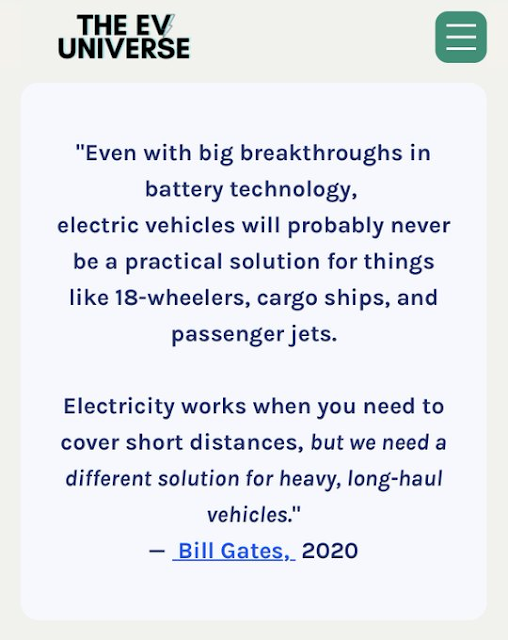Why Electric Class-8 Semi-Trucks are 'Almost' Impossible
As we discussed in this article, Musk and Co. focus on the Class ½ Impossibilities. These are the things that are physically possible but at the edge of our technical know-how. Class ½ Impossibilities have just been enabled by technological advances, either directly or by advances in tangential areas that can be applied with other optimizations. These are not easy to achieve, they require breakthroughs, optimizations, hard work, and some luck. When completed, these enable something that we've never seen before and therefore something which many people will say is impossible.
An Elephant That Moves Like A Cheetah
The Tesla Semi has three Tesla carbon-wrapped Plaid motors. Musk described the vehicle as a beast. He said it's a giant Semi, but unladen, it moves like a sports car. He went on to say, "It's like watching an elephant move like a cheetah."
Tesla's "Impossible" Achievements
One Roadster: When Tesla started, the founders often heard things like, "This is a fool's errand. Nobody wants an EV. They are slow, there's nowhere to charge them."
The Roadster showed that EVs can be sexy and fast. In the quarter mile, this electric car would blow away gas cars costing 10 times as much. It changed the perception of EVs. But the nay-saying continued, "A few Silicon Valley millionaires and billionaires will buy them, but no one else is interested (or can afford) an EV."
Two Model S: The Model S disproved the "only in Silicon Valley" narrative. Tesla had sales around the world.
Three Supercharging: Tesla's Supercharger network is impressive. There are currently more than 40,000 Superchargers installed around the world. These have high availability and locations near major travel corridors. This is vital infrastructure for electrified transportation.
Four Energy Storage: Vehicles are just part of Tesla's business. Tesla's Megapacks have 3.9MWh of capacity. This is enough to run the average home for over 130 days. Gang these together and you can make an impressive installation like the 730MWh Elkhorn Battery Energy Storage System in California or the 600MWh Arroyo Solar Energy Storage in New Mexico. As I write this in late 2022, Tesla has 5GWh of Megapacks and Powerpacks installed or under construction.
Before we had significant energy storage, the amount of renewable energy that could be placed on the grid was limited. The legacy fossil fuel generation of the grid could not handle the fluctuations that wind and solar caused. However, with renewable sources buffered behind a battery pack, all of those fluctuations are washed away. The grid, instead see a steady, adjustable rate from the batteries that can be dialed up or down in milliseconds to support the grid exactly as it needs, exactly when it needs.
Tesla's semi is the most recent on this list, but it won't be the last.






No comments:
Post a Comment